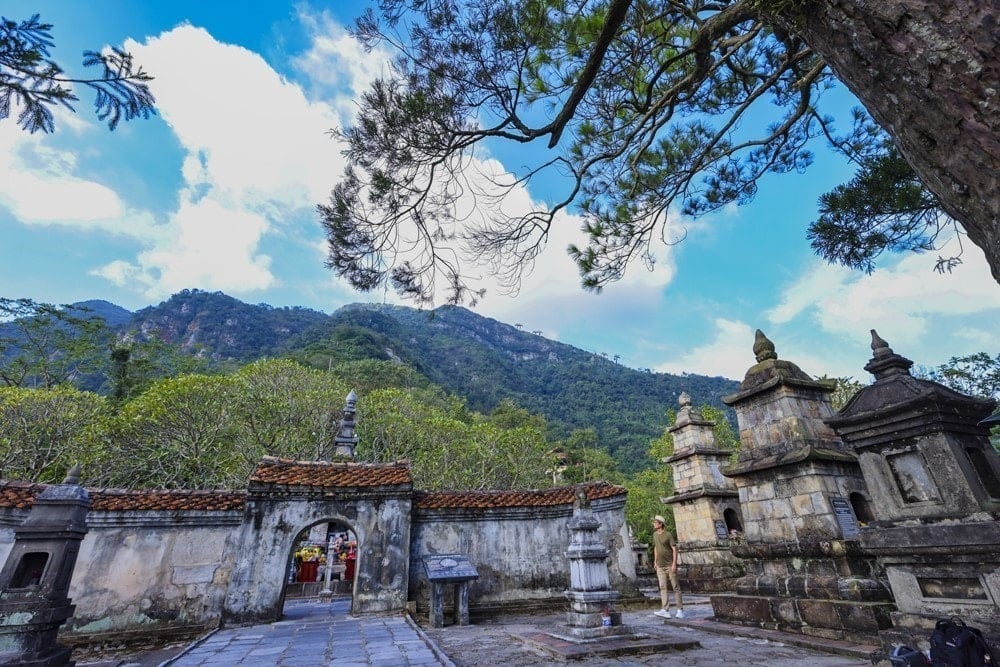
20 years ago, the Prime Minister decided to take November 23 every year as Vietnam Cultural Heritage Day. Furthermore, in the context of a newly independent country, on November 23, 1945, President Ho Chi Minh signed Decree No. 65/SL on defining the tasks of the Oriental Archaeological Academy - the first decree related to the preservation of cultural heritage of a young Vietnamese State.
These milestones create a seamless flow, from the initial awareness of the role of heritage in the early days of nation building to the establishment of a national commemorative day as the country enters a period of development and integration.
And now, looking back two decades later, we can see that heritage is increasingly present in our lives and in the way society functions.
Over the past twenty years, looking at the numbers, the heritage sector has made significant progress. The country currently has more than 10,000 ranked relics, more than 7,000 inventoried intangible cultural heritages, and nearly 200 museums with more than 4 million artifacts preserving important parts of the nation's memory.
Internationally, Vietnam has 9 World Cultural and Natural Heritages, 16 Representative Intangible Cultural Heritages of Humanity, and 11 Documentary Heritages belonging to UNESCO's Memory of the World Program.
But if we only look at achievements, we have not yet touched on something that has been at the heart of the past two decades: the change in the way society receives and engages with heritage.
In the past, heritage was often considered the work of the State and experts. The community, if mentioned at all, was mostly in the position of beneficiaries or 'mobilized to participate'. But today, the picture is different, as heritage enters social life in many ways, from community debates to strong reactions when a relic is at risk of disappearing or being over-commercialized.
The public attention in recent days about the ancient ship discovered on the coast of Hoi An Tay ( Da Nang ) is an example. From a piece of information that seemed to be limited to the archaeological industry, the story quickly spread, with many opinions wishing for a plan to preserve the ship soon from the impacts of the sea. That shows that, beyond the value of an ancient ship, it is the social attitude when people proactively speak up to protect heritage, hoping to see the past respected.
The Vuon Chuoi site in Hanoi is another, more enduring example. For many years, archaeologists and local communities have repeatedly warned of the risk of the site being affected by overlapping construction projects due to lack of planning.

Therefore, Hanoi’s recent recognition of Vuon Chuoi as a city-level relic is not only the result of those efforts, but also shows the process of accumulating social awareness about the value of underground cultural layers. At that time, conservation is no longer a one-way decision but becomes a coordination between the government, experts and the community.
From these cases, we can clearly see the change in the way society approaches heritage: people are interested and express their opinions, researchers proactively explain and connect with the community, and local authorities are more cautious and receptive in decisions related to collective memory and cultural space.
From another perspective, this change is also reflected in the development thinking of many localities, when many provinces and cities choose heritage as an economic pillar, shifting from 'smoke-producing industry' to 'smokeless economy'.
Heritage becomes the foundation for cultural tourism, for creative products, for brands associated with festivals, craft villages, and performing arts. And although there are still unreasonable ways of doing things in some cases, it is clear that social supervision and criticism are gradually reducing unsustainable models.
After 20 years, in the new era of national development, Vietnam's cultural heritage is facing new demands. The speed of information can make fundamental values easily overwhelmed, but technology also opens up the possibility of helping heritage reach the public in a more flexible and lively way.
We are seeing many new approaches: online tours, virtual museums, virtual reality experiences, videos that tell heritage stories in the language of young people.
On the other hand, many relics proactively apply technology with the support of young creative groups, with an increasingly clear mindset: heritage is not just for display or preservation, but needs to become an experience for the community to participate in interpreting.
Thus, 20 years of Vietnam Cultural Heritage Day has shown an important thing: besides the titles and achievements, society has become familiar with fundamental questions: What is the purpose of preserving heritage? How to promote it? And where do we choose to stand when heritage faces development pressure? When the community's voice is heard and the approach becomes more open, we can believe that we are on the right track.
After all, for every culture, heritage is not only a memory of the past but also a commitment to the future.
According to VNASource: https://baohaiphong.vn/ngay-di-san-van-hoa-viet-nam-nhin-lai-de-buoc-xa-hon-527531.html

















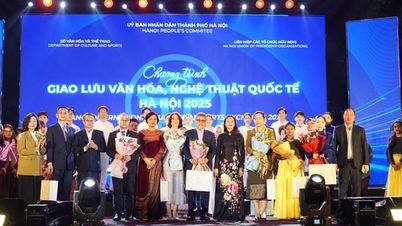


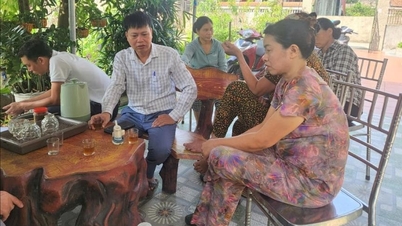
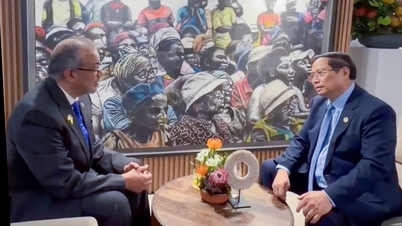
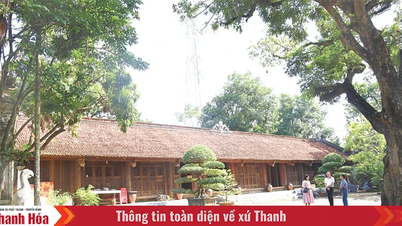

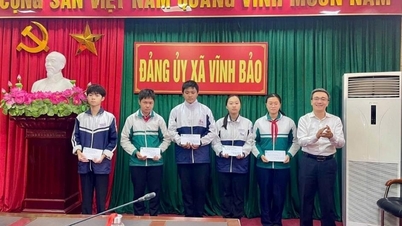
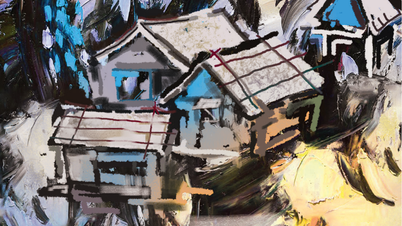





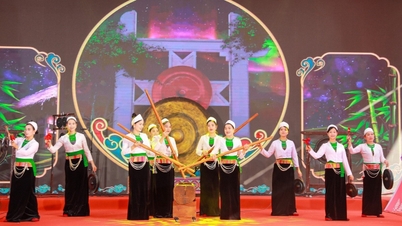



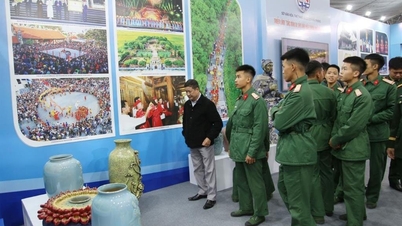


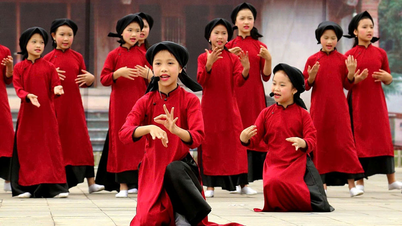

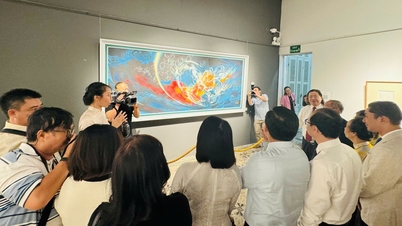


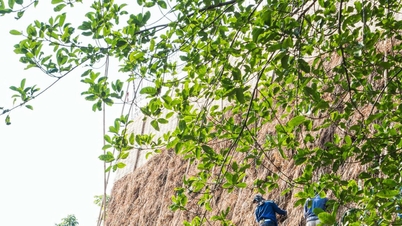




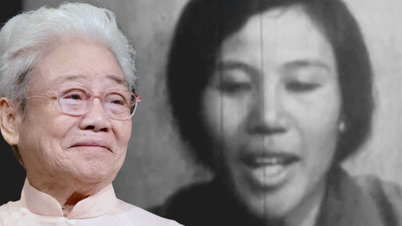


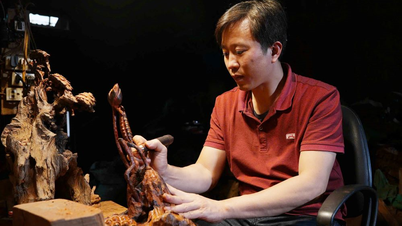


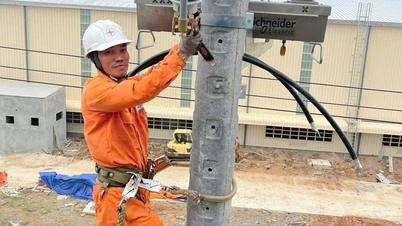
















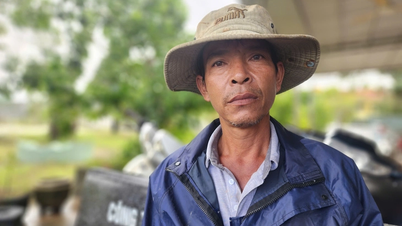


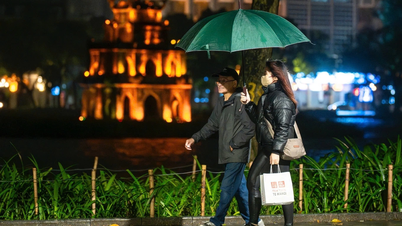


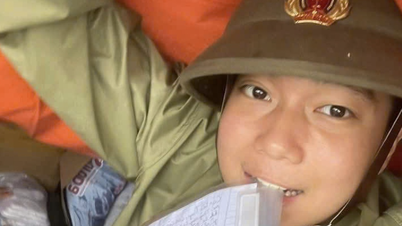




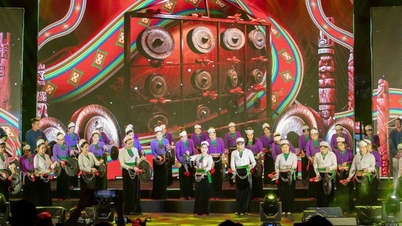



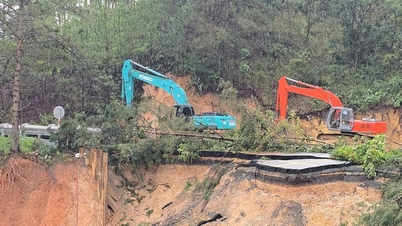

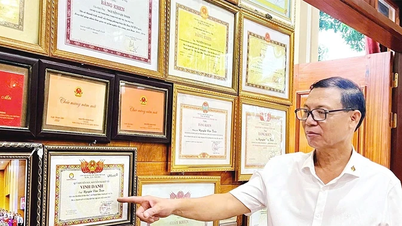

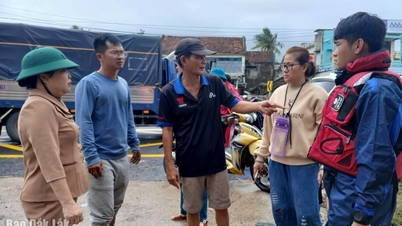

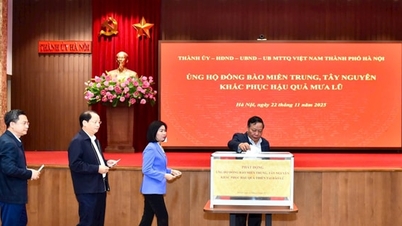














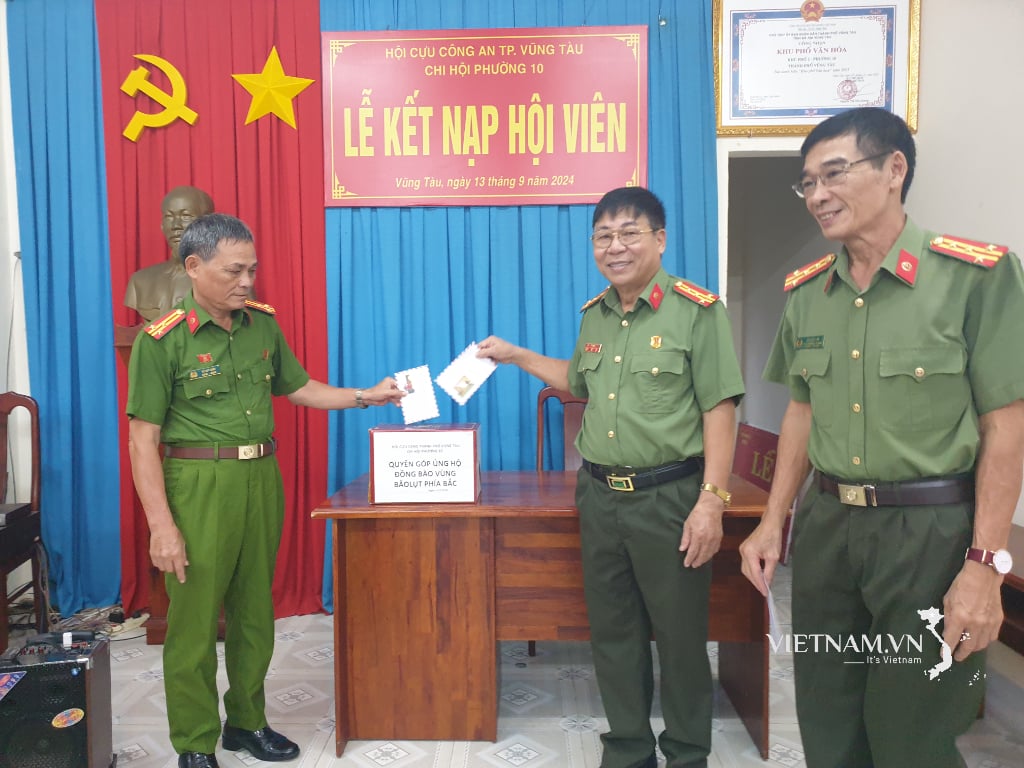
Comment (0)